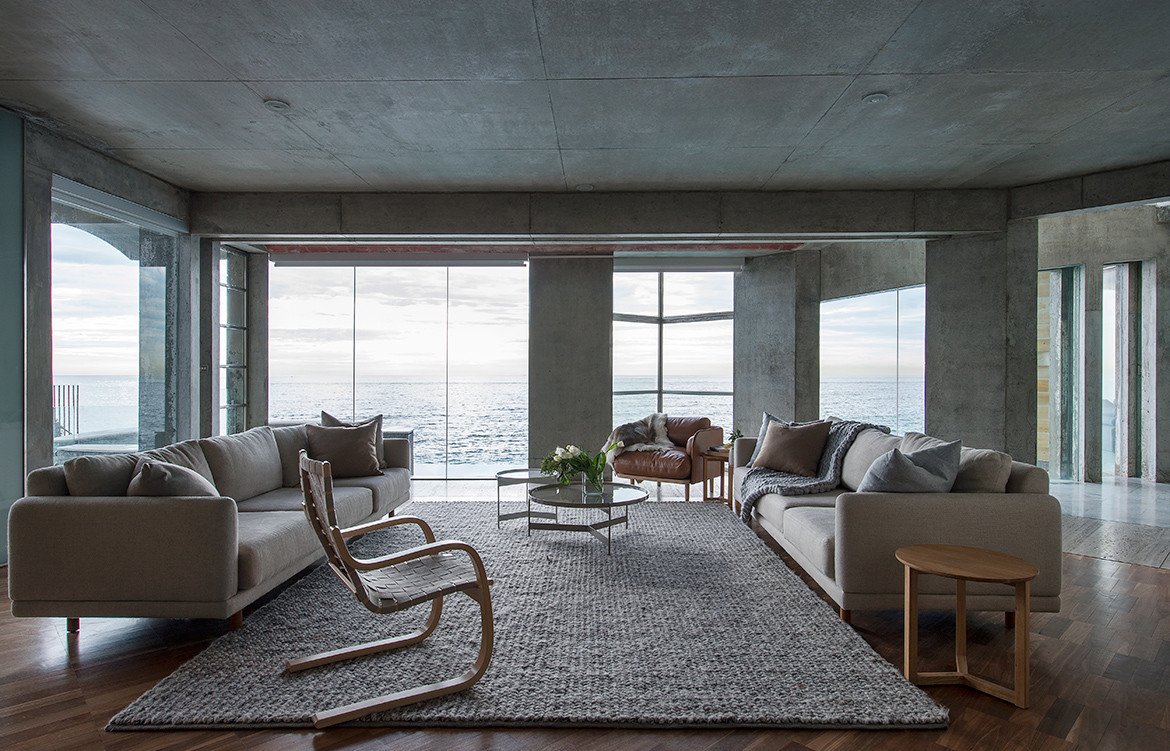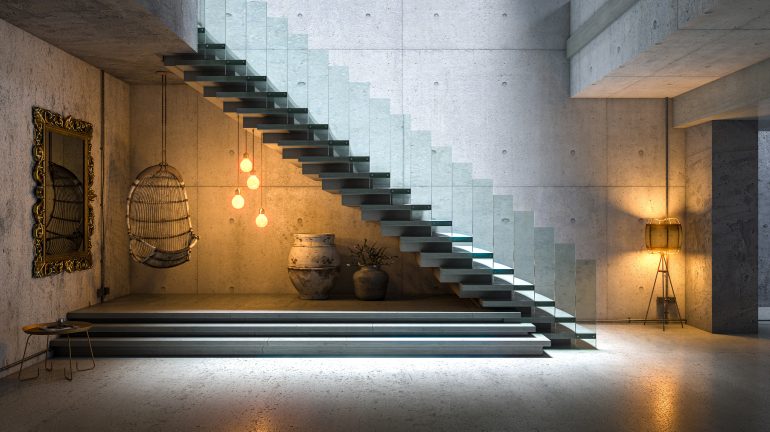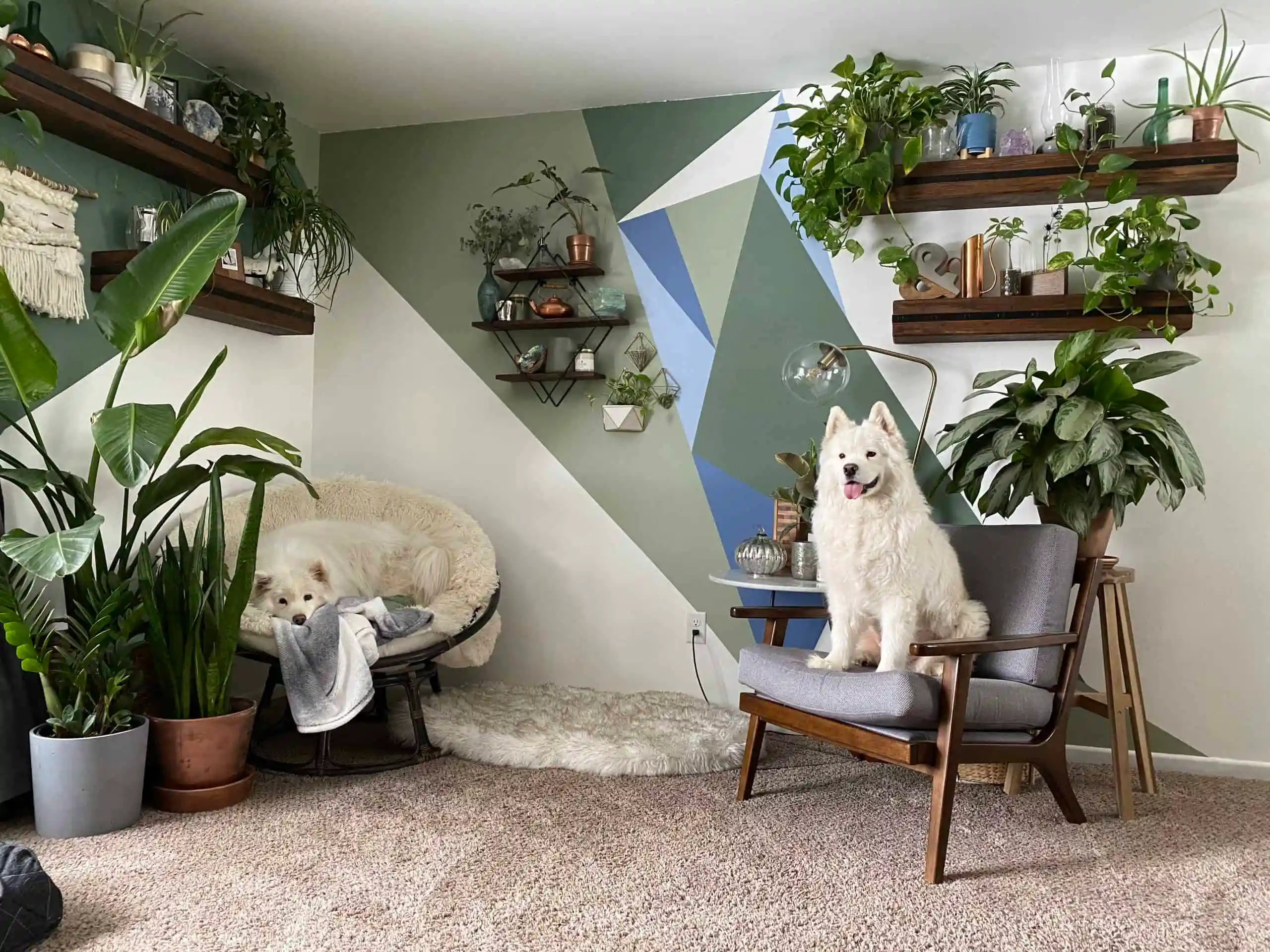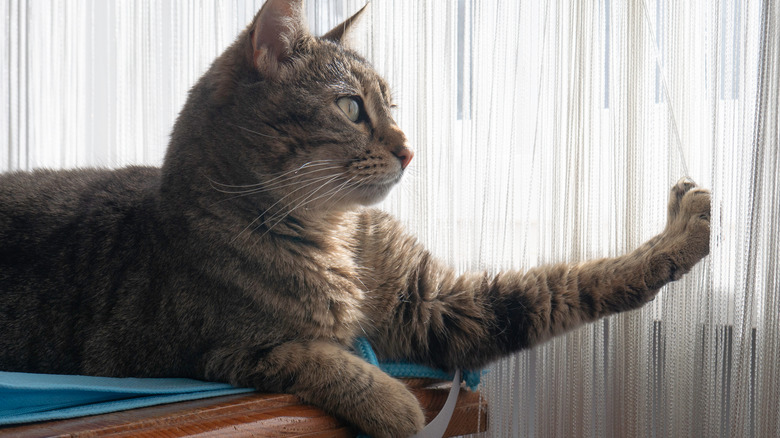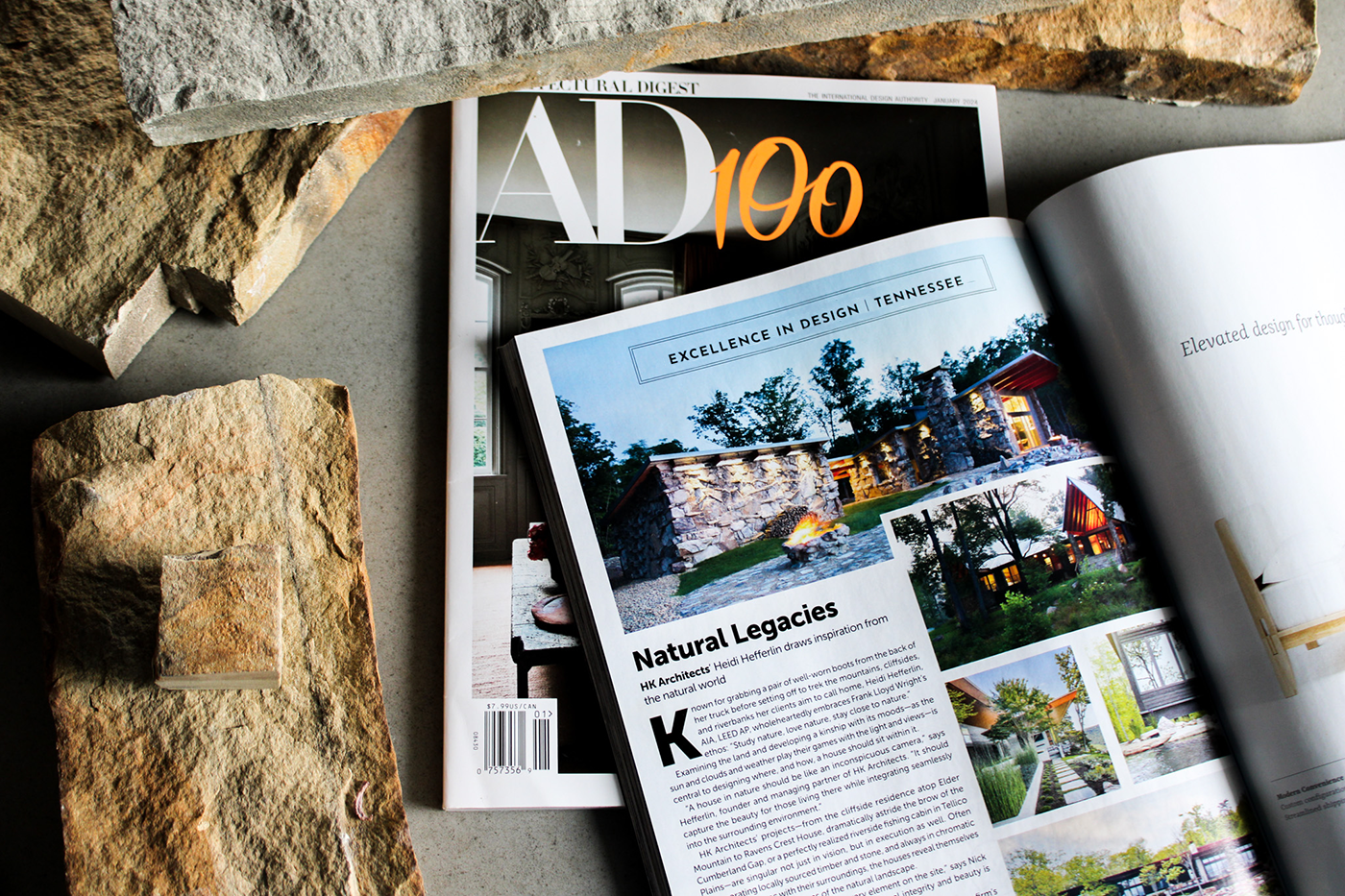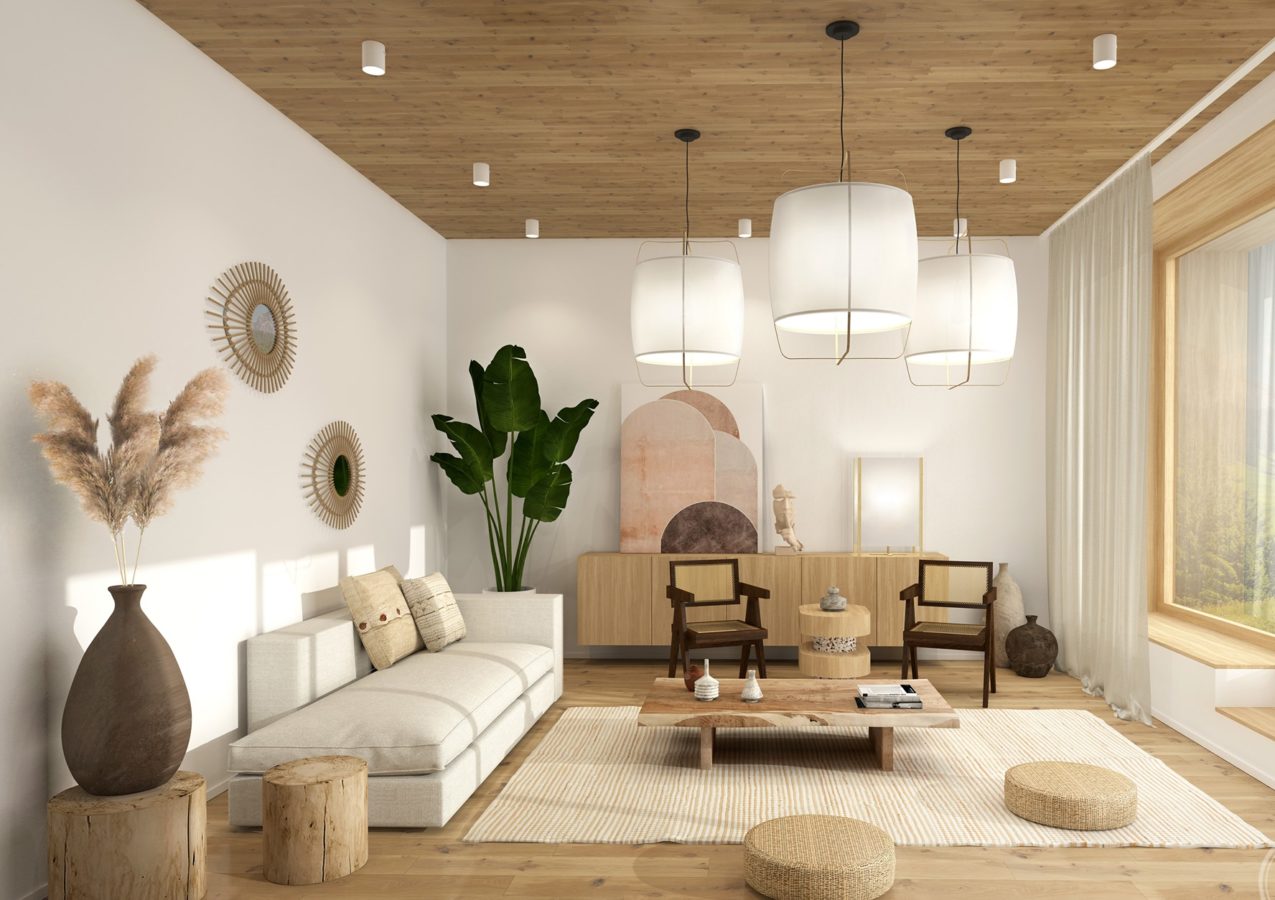Contents
Introduction
Brutalist architecture interior has seen a powerful resurgence in the world of modern design. Once considered cold or industrial, this style has evolved to represent strength, simplicity, and authenticity. Defined by exposed concrete, rugged textures, and utilitarian aesthetics, brutalist interiors are not merely design choices—they’re statements. Rooted in the mid-20th century, brutalism has made its way from large public buildings into contemporary homes, studios, and commercial spaces.
But what exactly makes brutalist architecture interior so compelling today? Why are designers and homeowners turning to this style that was once polarizing? This article explores the key elements of brutalist interior design, how it fits into today’s architecture trends, and how to achieve the look in your own space.
Whether you’re designing a new home, revamping your apartment, or simply fascinated by architecture, this comprehensive guide will help you understand the essence of brutalist architecture interior—and why it’s become a timeless yet rebellious design choice.
What is Brutalist Architecture Interior?
Brutalist architecture interior is a design style that embraces raw materials, mainly concrete, steel, brick, and glass, in their most natural form. The term “brutalism” stems from the French word béton brut, meaning raw concrete, a material that is central to the brutalist philosophy. The style originally gained popularity in the 1950s to 1970s, particularly in post-war Europe, where utilitarian design met social and economic needs.
In interiors, brutalism translates to open spaces, monolithic forms, rough textures, and a stark color palette. Far from being cold or lifeless, the best brutalist interiors emphasize honesty in design, showcasing materials without decoration or disguise. It’s minimalism with muscle.
Key Characteristics:
-
Exposed concrete walls or ceilings
-
Monochromatic or gray-based color schemes
-
Angular forms and heavy geometries
-
Industrial materials like steel and rebar
-
Minimalist furniture with strong lines
-
Large, unadorned windows or glass panels
-
Open-plan layouts
History and Evolution of Brutalist Interior Design
The brutalist movement emerged as a response to the ornate, decorative styles that preceded it. In the post-WWII era, cities needed quick, affordable construction that could house large populations. Architects like Le Corbusier and Alison and Peter Smithson paved the way with concrete-heavy designs that prioritized function over flair.
Initially applied to civic buildings, universities, and public housing, brutalism’s aesthetic crept into interiors in later decades. Though the style fell out of favor in the 1980s—often criticized as cold and imposing—it has recently experienced a revival thanks to its bold identity and sustainability focus.
Today, brutalist architecture interior is embraced by minimalist designers, sustainable architects, and creatives who appreciate the raw, unfiltered personality of the style.
Elements That Define Brutalist Architecture Interior
1. Raw Materials
Brutalist interiors feature materials in their natural state. Exposed concrete, weathered wood, raw steel beams, and unfinished brick walls are celebrated, not hidden. Even flaws—cracks, irregular textures, surface marks—are embraced as part of the beauty.
2. Industrial Aesthetic
The style borrows heavily from industrial design with visible pipes, ductwork, and steel frames. This unrefined aesthetic reinforces the theme of functional honesty.
3. Geometry and Mass
Brutalist interiors favor bold geometry—blocky furniture, square columns, heavy horizontal and vertical lines. This creates a sense of visual weight and groundedness.
4. Neutral and Monochromatic Palettes
Colors are generally muted: grays, blacks, browns, whites. When color is used, it’s often in subtle tones to maintain the design’s grounded and stark nature.
5. Minimalism with Edge
There’s a distinct difference between minimalist and brutalist styles. While both value simplicity, brutalism doesn’t shy away from texture and volume. The result is minimalism with attitude.
How to Design a Brutalist Interior in Your Home
Use of Concrete
Concrete is the soul of brutalist design. From polished concrete floors to board-formed concrete walls and ceilings, the material creates a tactile, dramatic atmosphere. Prefabricated concrete furniture like coffee tables or benches can also enhance the theme.
Maximize Open Space
Brutalist spaces often favor open-plan layouts. Minimize internal walls and barriers. Use partitions made of glass, metal, or even concrete slabs to define zones without interrupting flow.
Choose Minimalist Furniture
Opt for pieces with clean, straight lines and substantial presence. Look for furnishings made of wood, metal, or leather with a masculine silhouette. Avoid excessive ornamentation or frills.
Add Textures
Brutalist interiors are visually stimulating because of their diverse textures. Combine raw wood with concrete, or steel with natural stone. Use textiles like wool, leather, or linen to soften the edges while preserving the architectural integrity.
Play with Lighting
Lighting is crucial in brutalist design. Use it to highlight material textures. Industrial fixtures, floor lamps with metallic finishes, and recessed lighting can help enhance depth and shadows.
Introduce Brutalist Art
To personalize your space, incorporate brutalist-style sculptures, abstract wall art, or mid-century concrete art pieces. These elements reinforce the aesthetic while making the space feel lived-in.
Pros and Cons of Brutalist Architecture Interior
Pros:
-
Unique and bold aesthetic
-
Durable and sustainable materials
-
Low-maintenance finishes
-
Minimalist yet powerful look
-
Perfect backdrop for contemporary art or furniture
Cons:
-
Can feel cold or austere without soft elements
-
Not suitable for all tastes or climates
-
Requires thoughtful design to avoid looking unfinished
-
Might reduce resale value in traditional markets
Who is Embracing Brutalist Interiors Today?
Brutalist architecture interior is gaining traction among a diverse range of audiences:
-
Young architects and designers who want to challenge norms
-
Minimalists drawn to clean, uncluttered environments
-
Art collectors who appreciate the museum-like ambiance
-
Sustainability advocates who favor long-lasting, low-impact materials
-
Tech entrepreneurs creating modern industrial workspaces
High-end homes, luxury hotels, urban lofts, and office headquarters are now incorporating brutalist interior features to stand out and create immersive environments.
Tips to Warm Up a Brutalist Interior
Although brutalist design is raw and unapologetic, it doesn’t have to be sterile. Here’s how to make it more inviting:
-
Add soft textures: Rugs, cushions, curtains, and throws
-
Use warm lighting: Amber-toned bulbs or LED strips
-
Incorporate plants: Greenery contrasts beautifully with concrete and steel
-
Layer materials: Pair concrete with warm woods or soft leather
-
Introduce natural elements: Stone, wool, and clay can add warmth and soul
Frequently Asked Questions (FAQs)
What is brutalist architecture interior?
Brutalist architecture interior is a design style emphasizing raw materials like concrete, steel, and brick, along with bold geometries and a minimalist approach. It celebrates functional aesthetics over decoration.
Is brutalist interior design suitable for homes?
Yes. While originally used in public buildings, brutalist interior design is increasingly popular in homes, especially urban lofts and minimalist residences that favor clean lines and industrial materials.
How can I incorporate brutalist style without renovating?
Start small. Use concrete planters, industrial-style lighting, minimalist furniture, and artwork with brutalist forms. Gradually introduce materials like steel or unfinished wood to create the vibe.
What colors work best in brutalist interiors?
Neutral tones like gray, black, white, and brown dominate the brutalist palette. Occasionally, muted greens or earthy reds may be introduced as accents, but the overall look remains grounded and monochrome.
Can brutalist design be cozy?
Yes. While brutalism is inherently stark, adding warm textures, soft lighting, and natural materials can make it feel inviting without compromising its core identity.
Are brutalist interiors sustainable?
Brutalist interiors often use long-lasting, low-maintenance materials like concrete and steel. When sourced responsibly, these materials contribute to sustainable design by reducing the need for replacements or elaborate finishes.
Conclusion
Brutalist architecture interior is more than a style—it’s a philosophy. Rooted in honesty, simplicity, and raw materiality, it challenges conventional notions of beauty by embracing imperfection and minimalism. As modern design continues to evolve, brutalism remains a bold choice for those who crave authenticity and depth in their surroundings.
Whether you’re captivated by the texture of exposed concrete or the striking geometry of blocky furniture, embracing brutalist design allows you to create a space that’s both timeless and defiant. And with the right balance of warmth and edge, brutalist interiors can be as welcoming as they are unforgettable.

